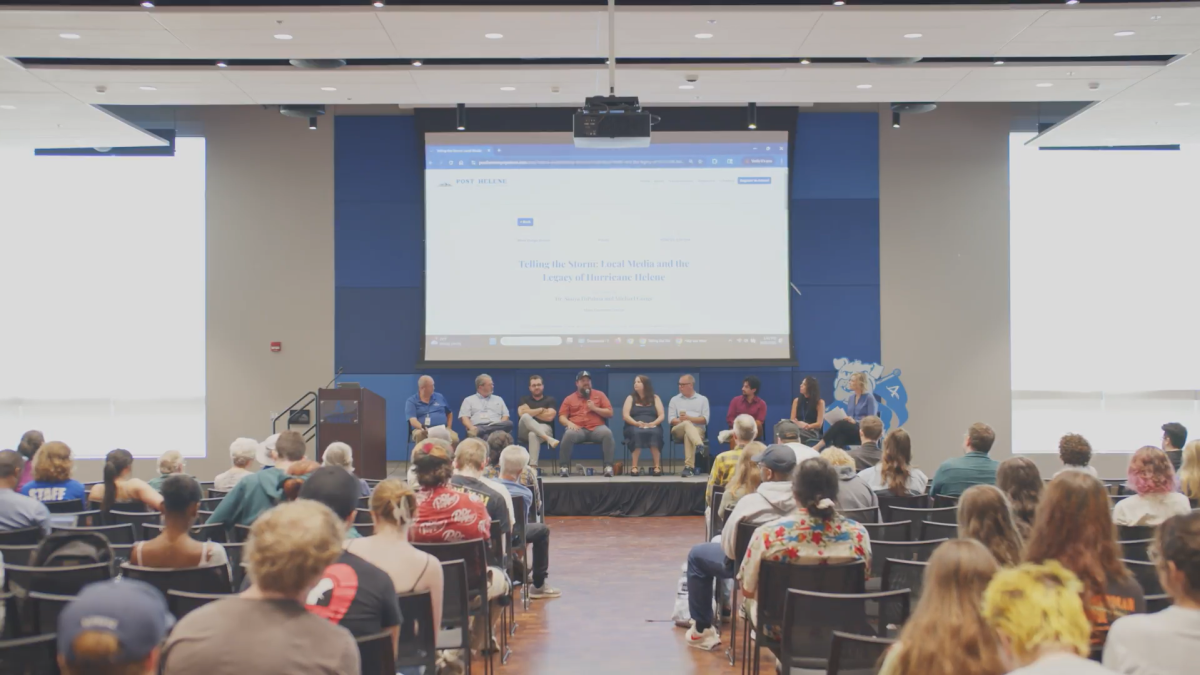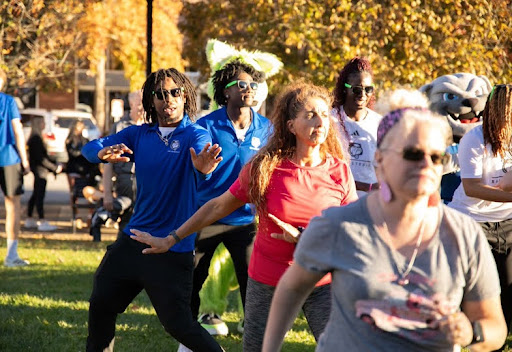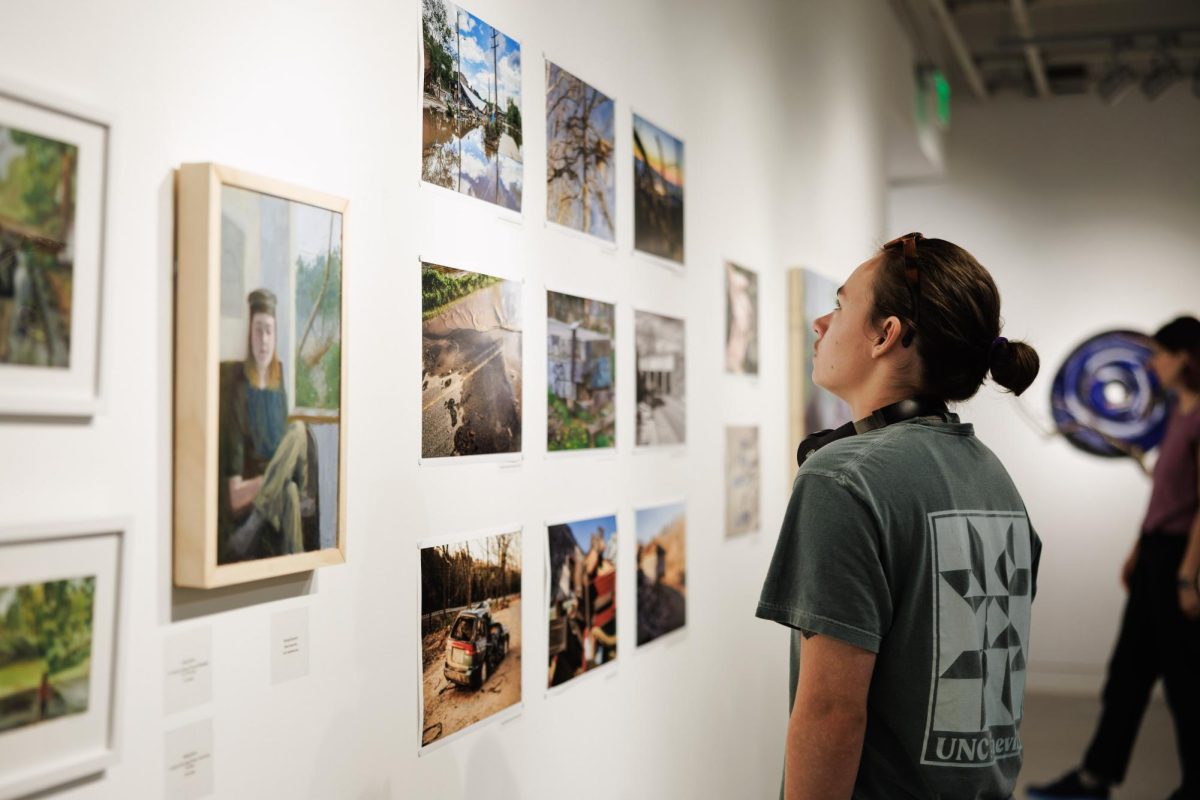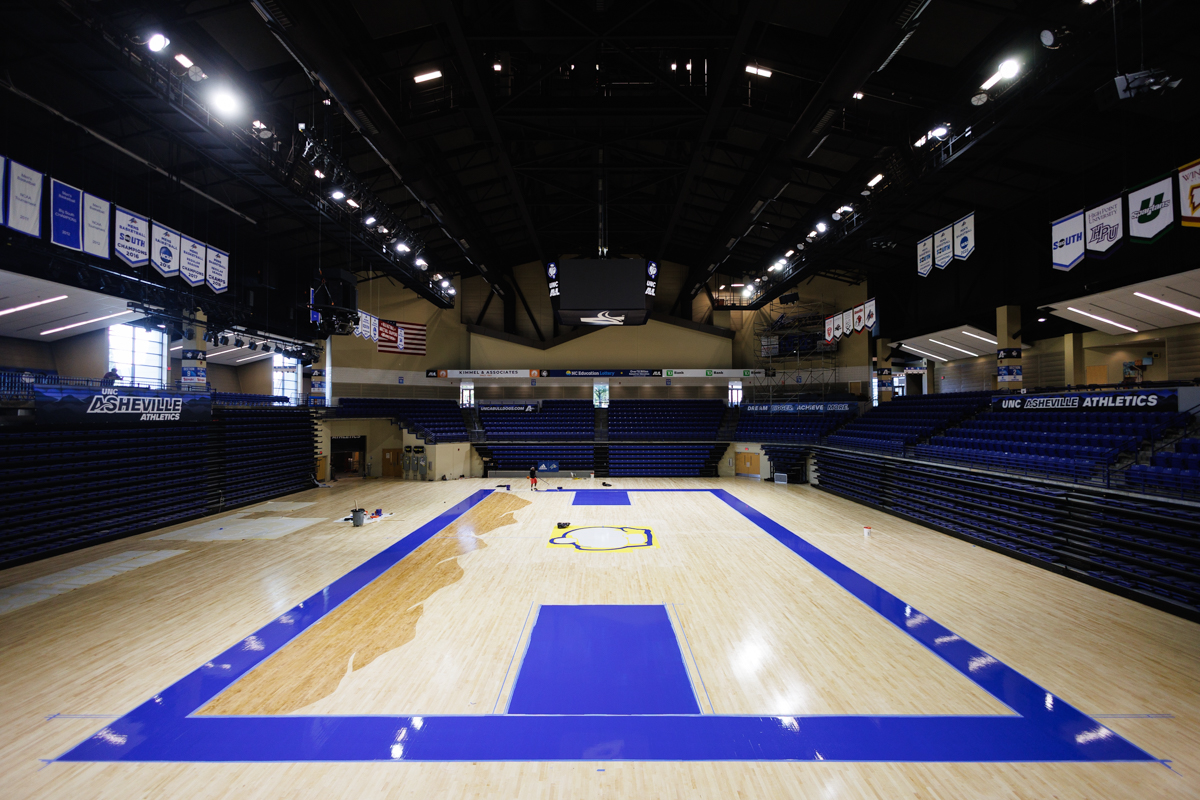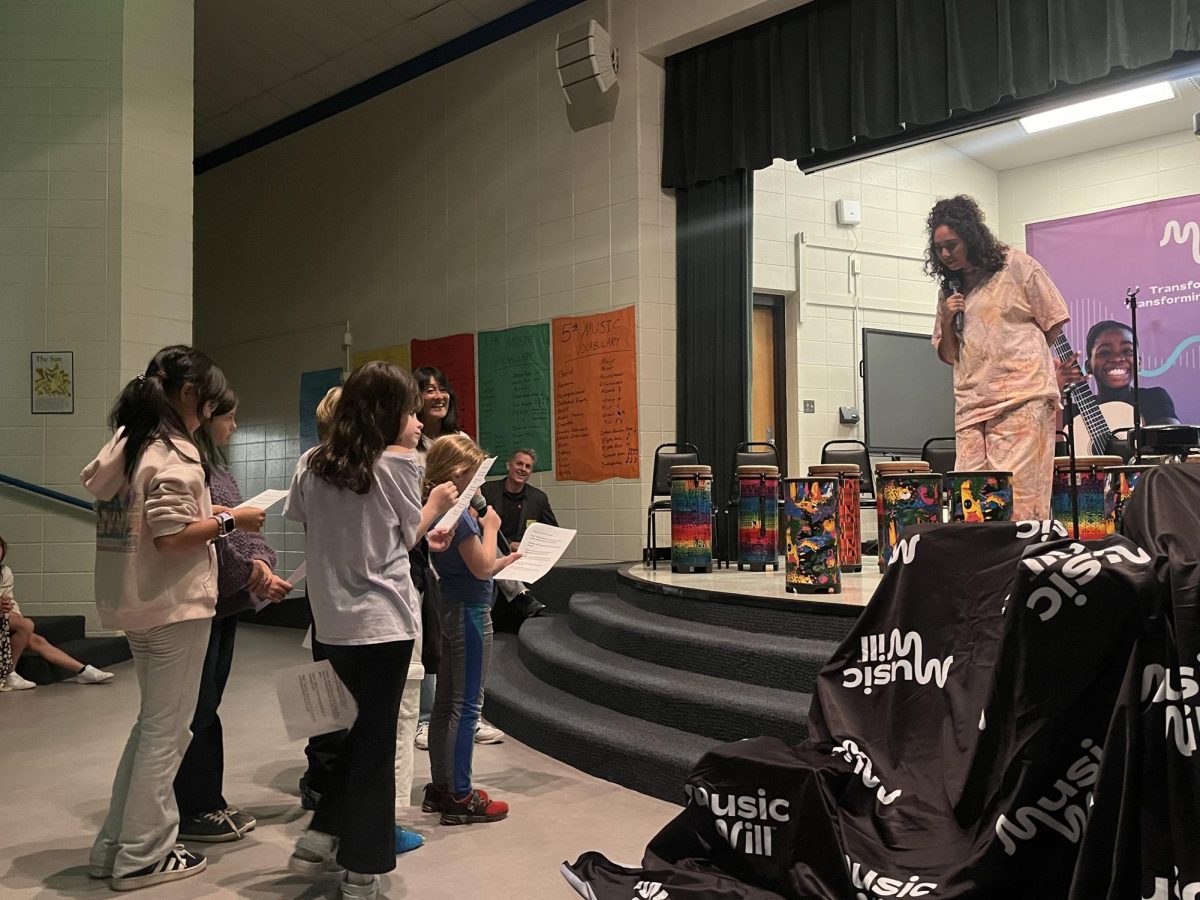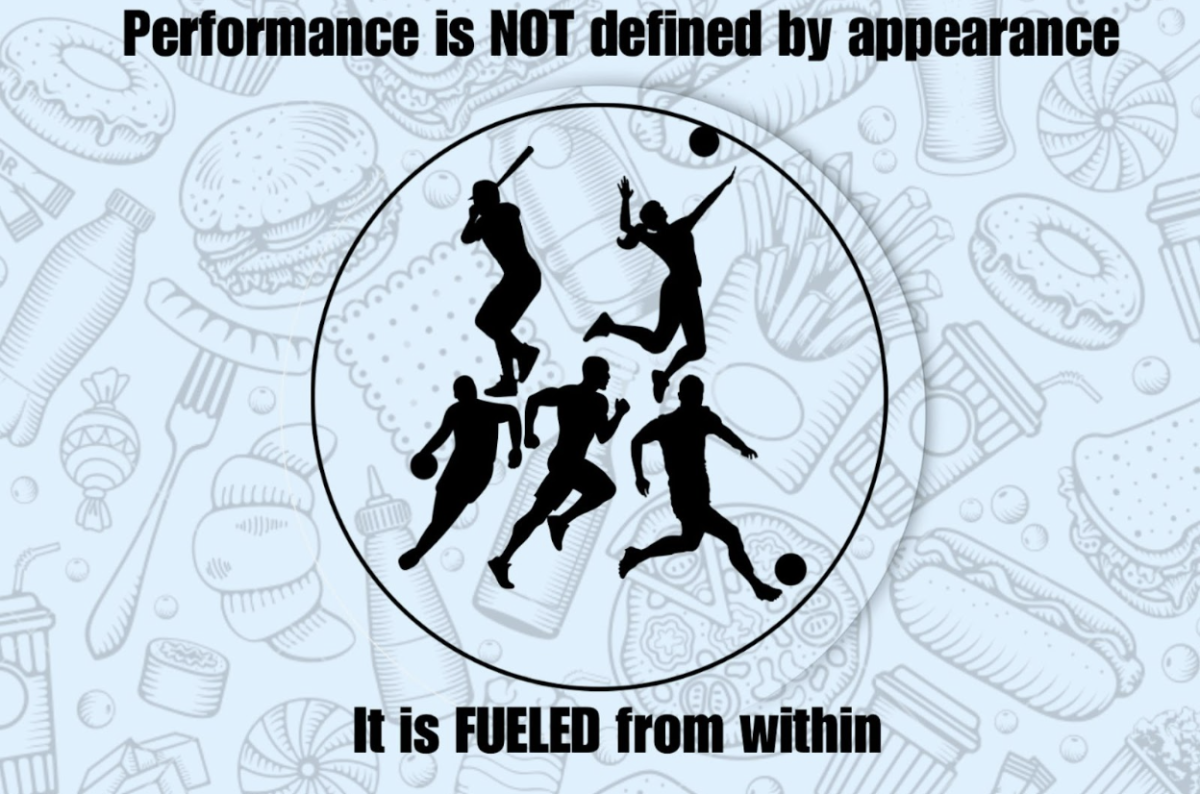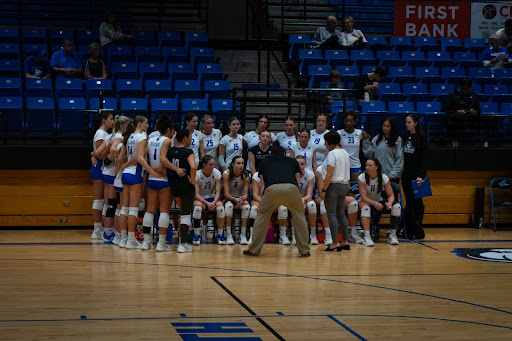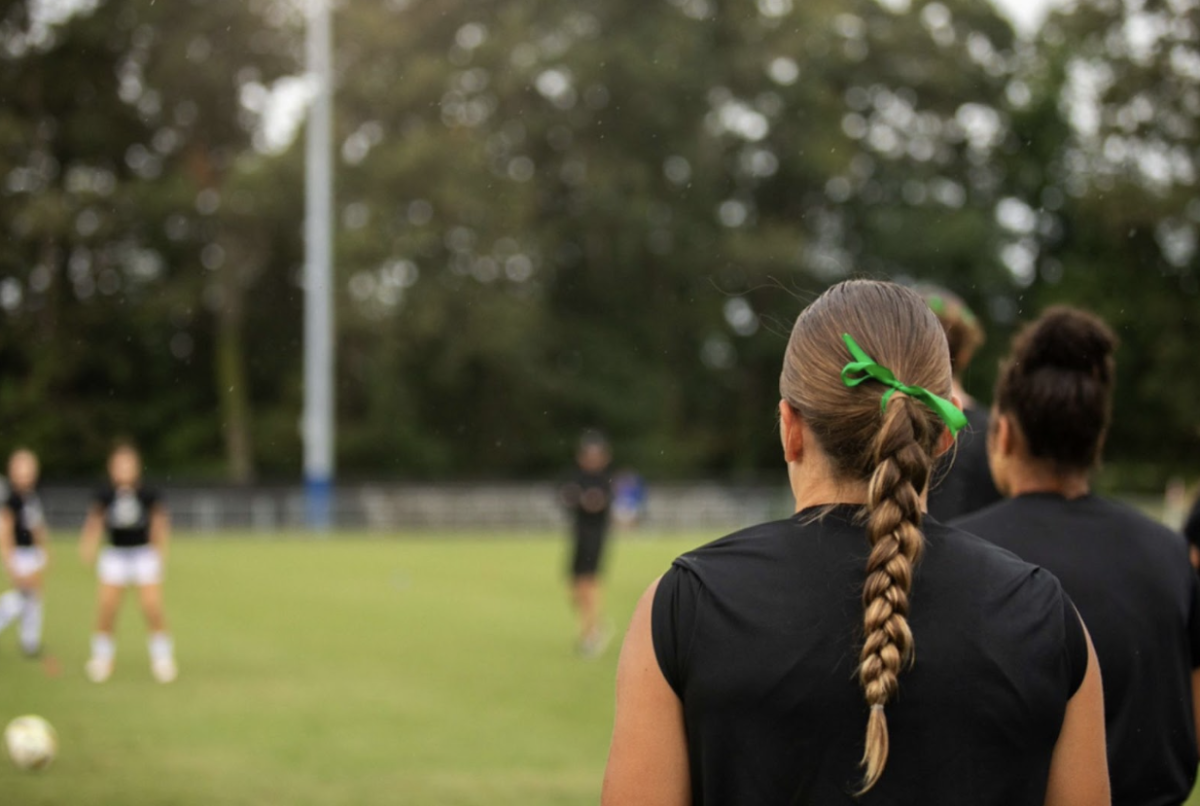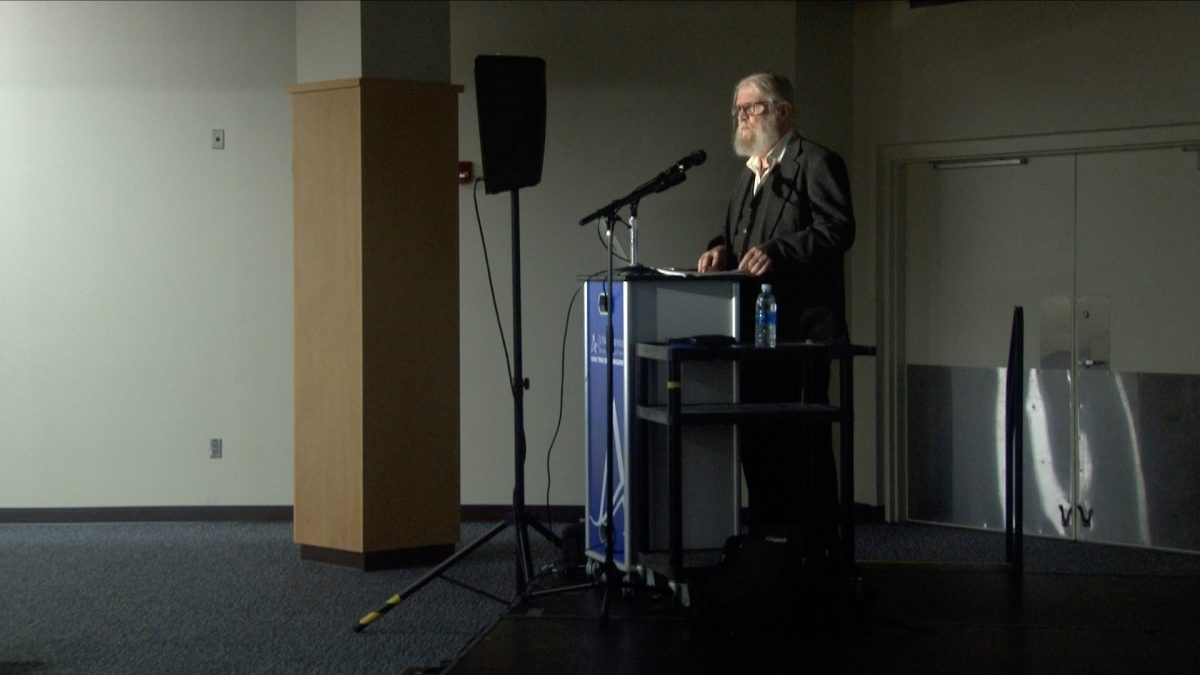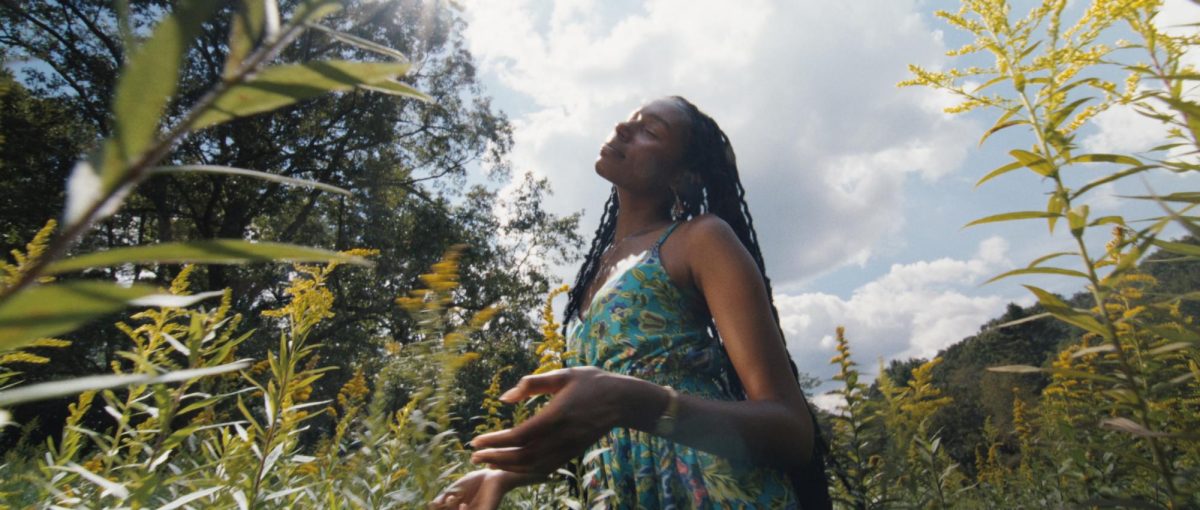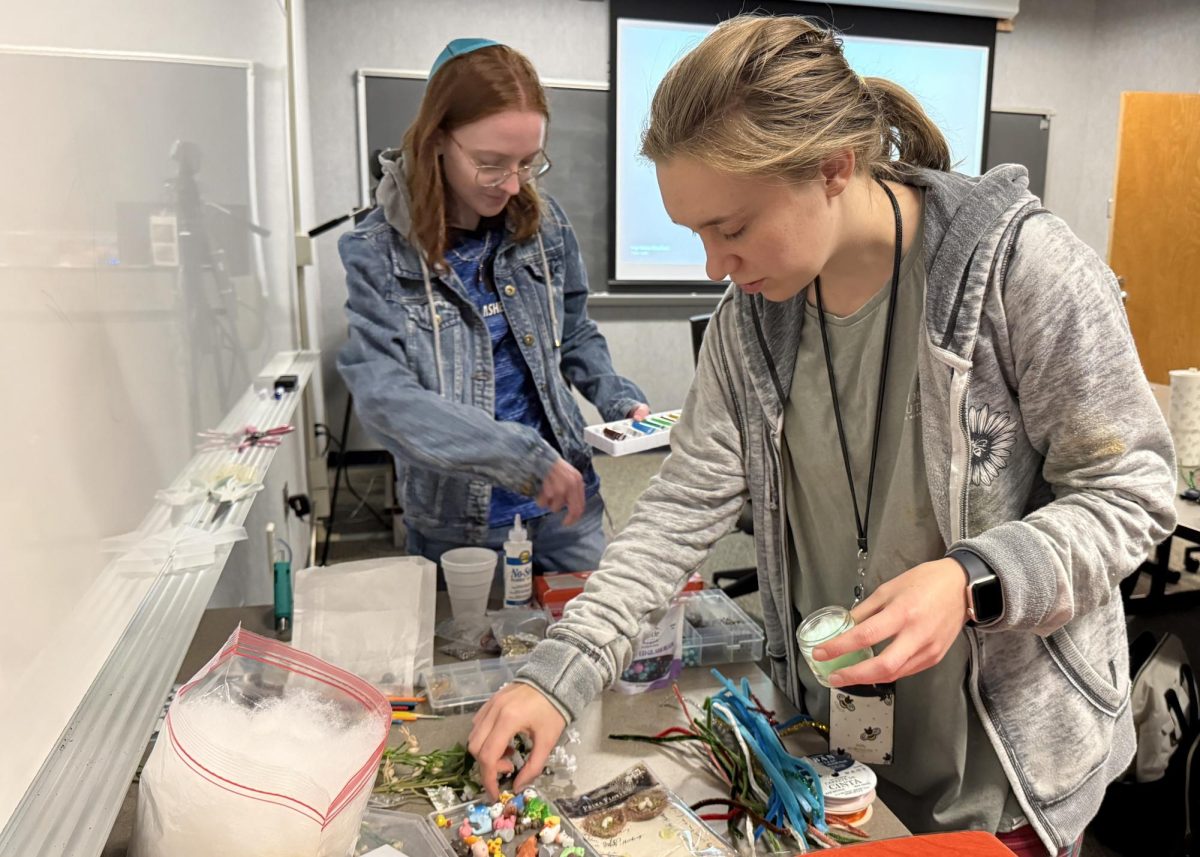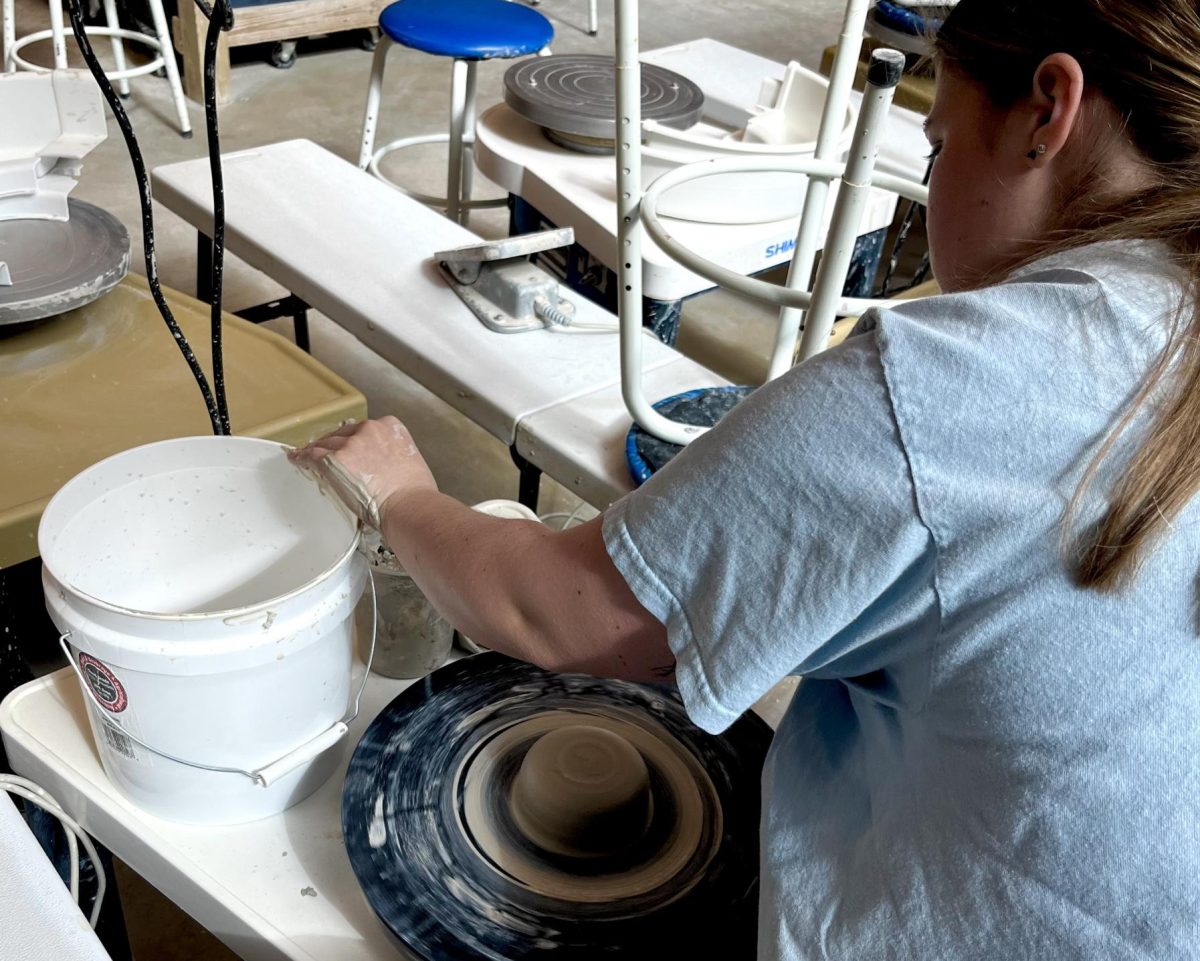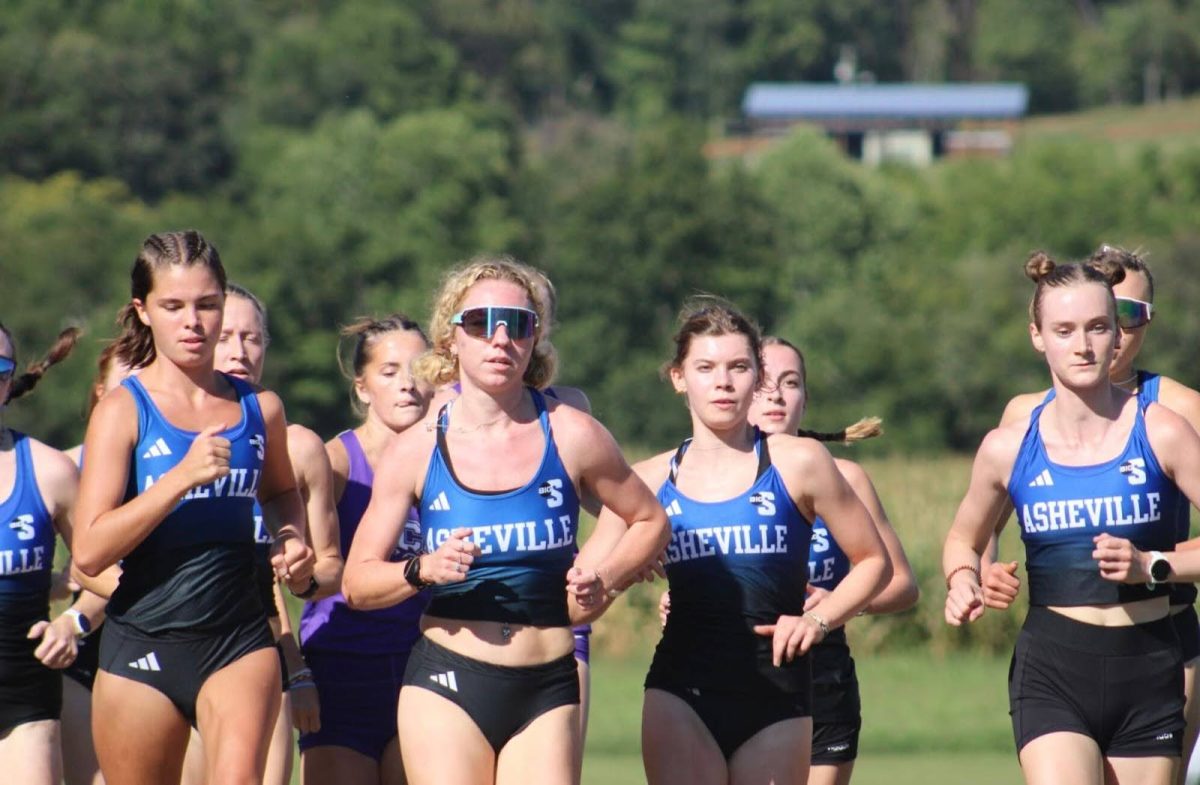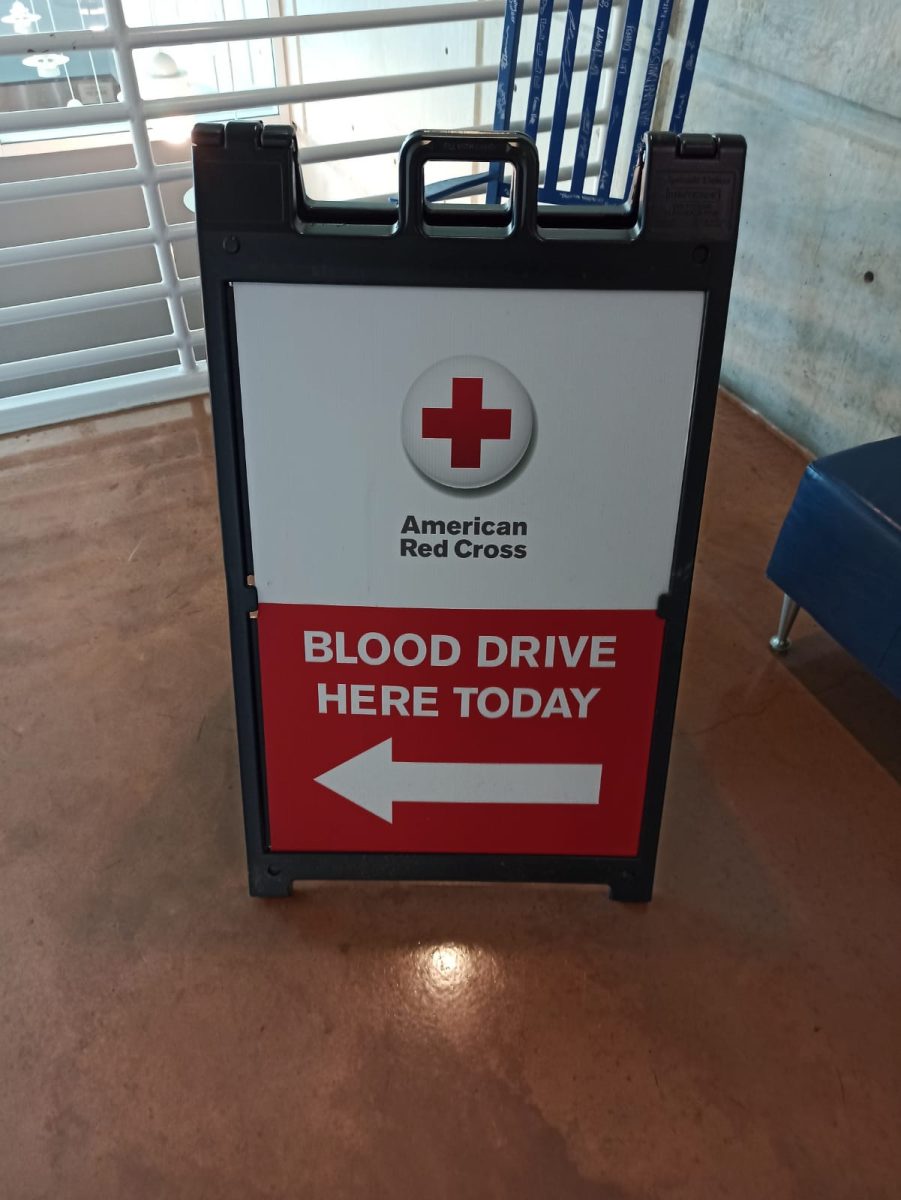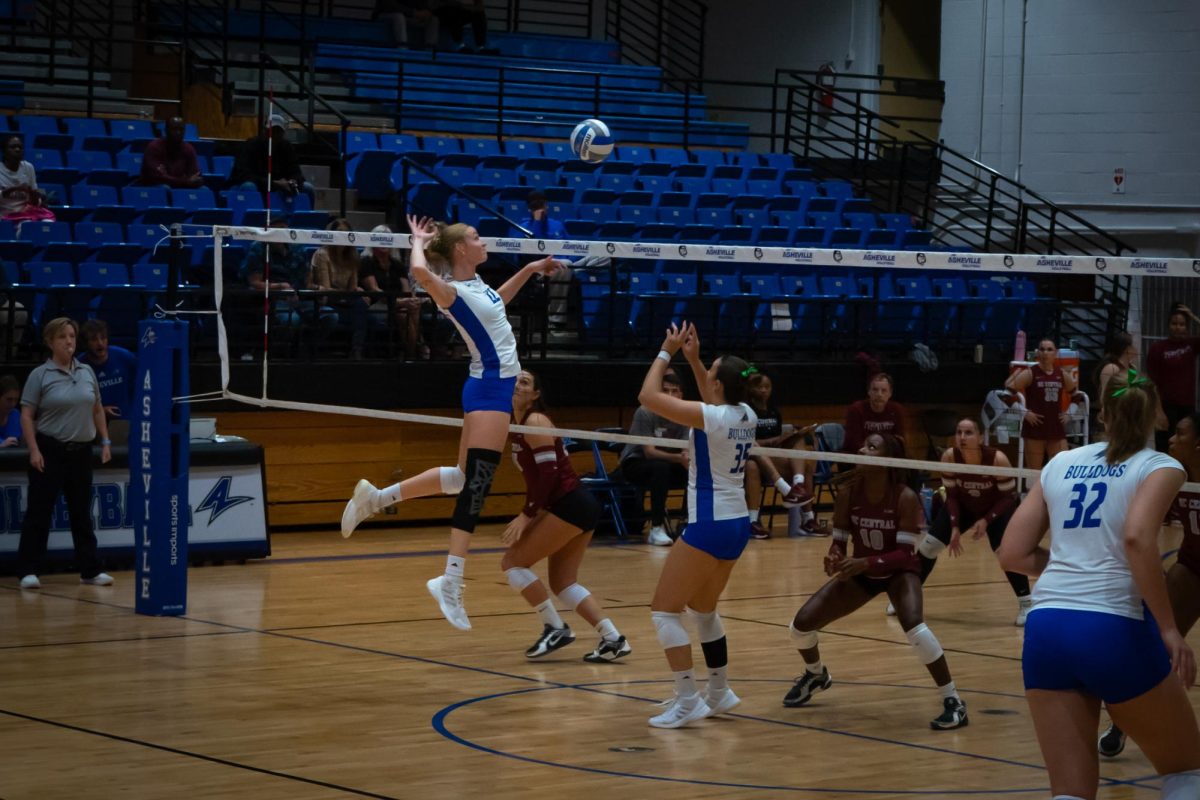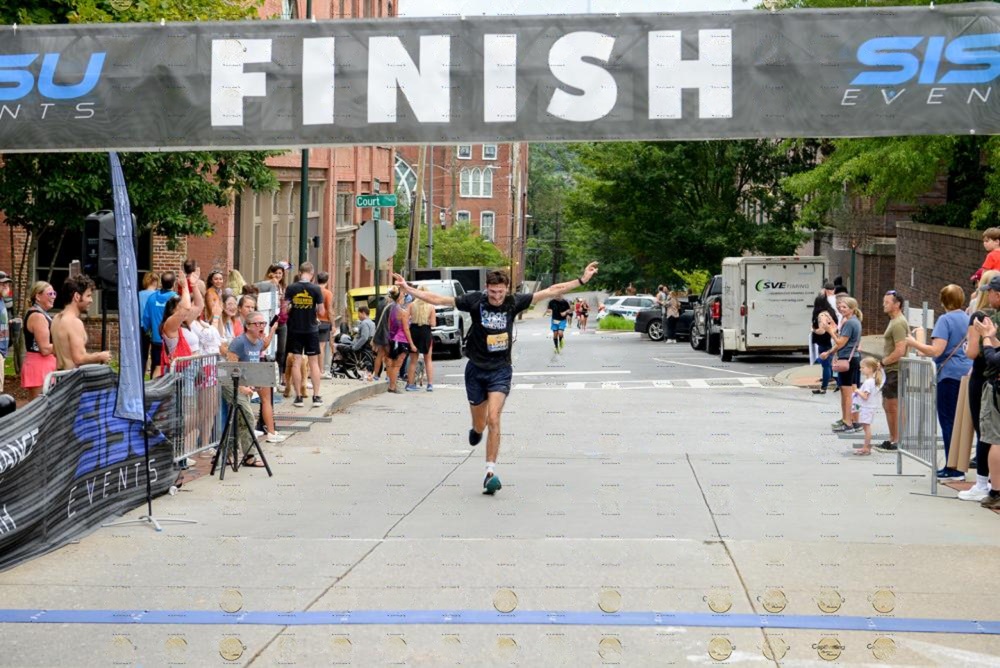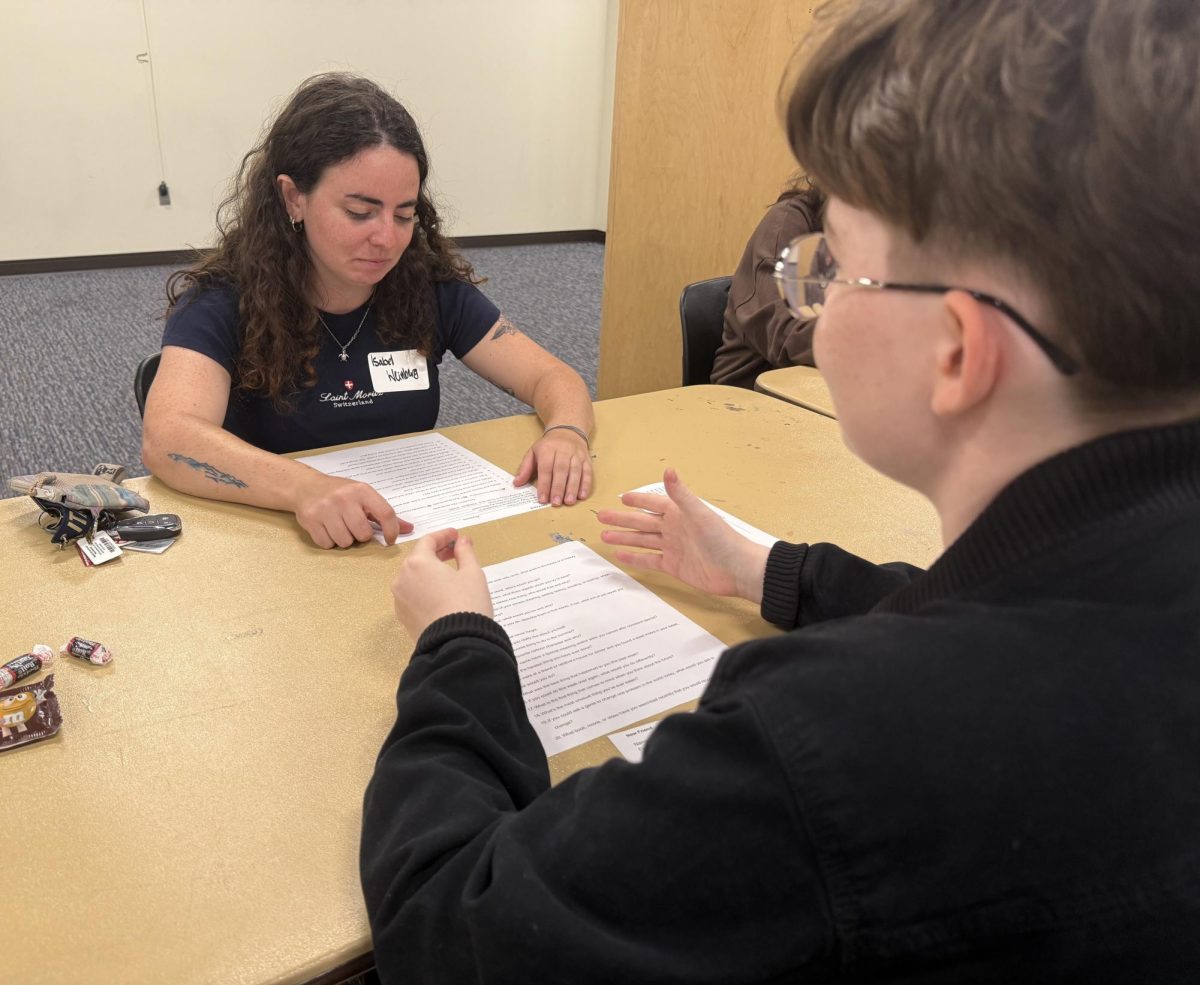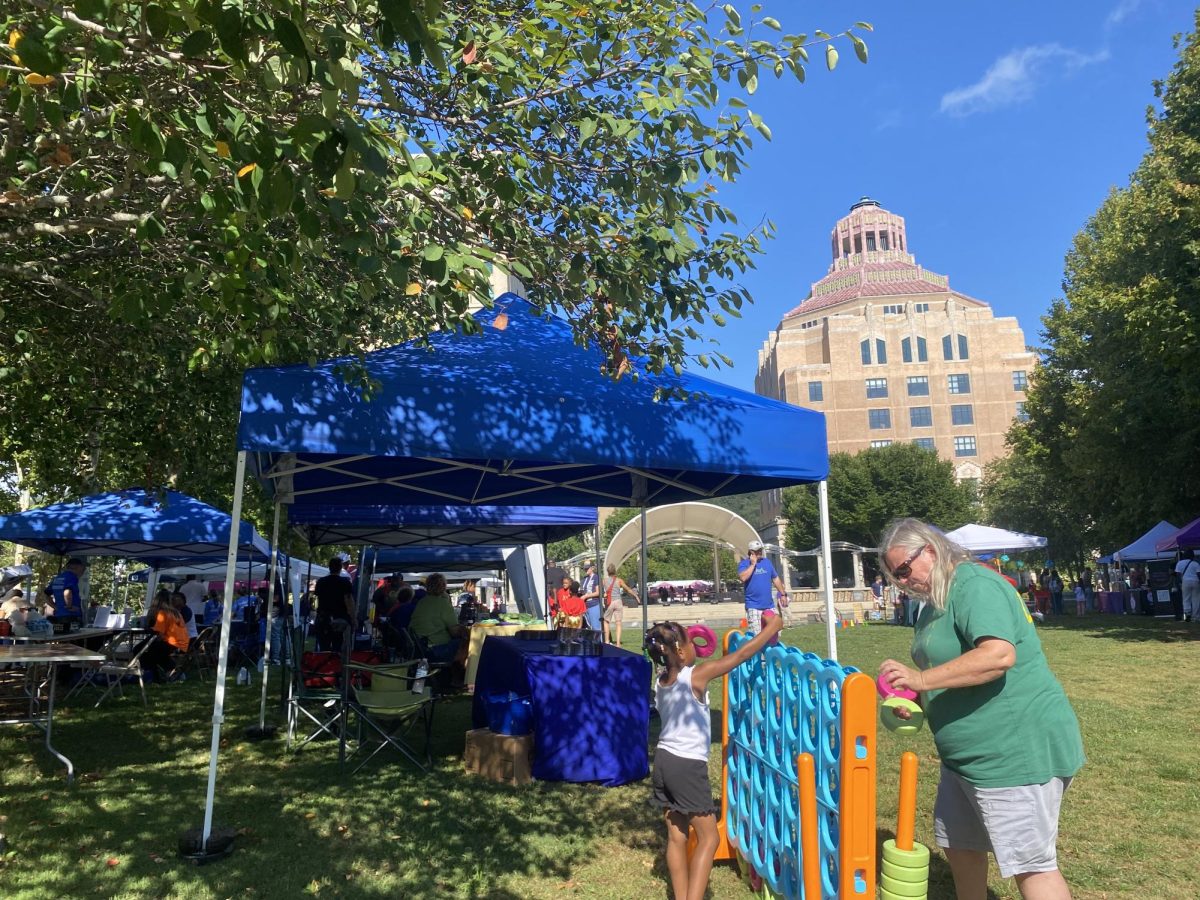PRE RACE, HEART RATE 58 – It’s five minutes until we toe the line for the first time this season, which means only one thing. Team huddle. Shaking off nervous energy we bounce around in a circle, arms stretching into the middle, fists clenched, voices warm and ready. Someone clears their throat and begins to chant…
DOGS ON ME, DOGS ON THREE
ONE, TWO, THREE
DOGS!!
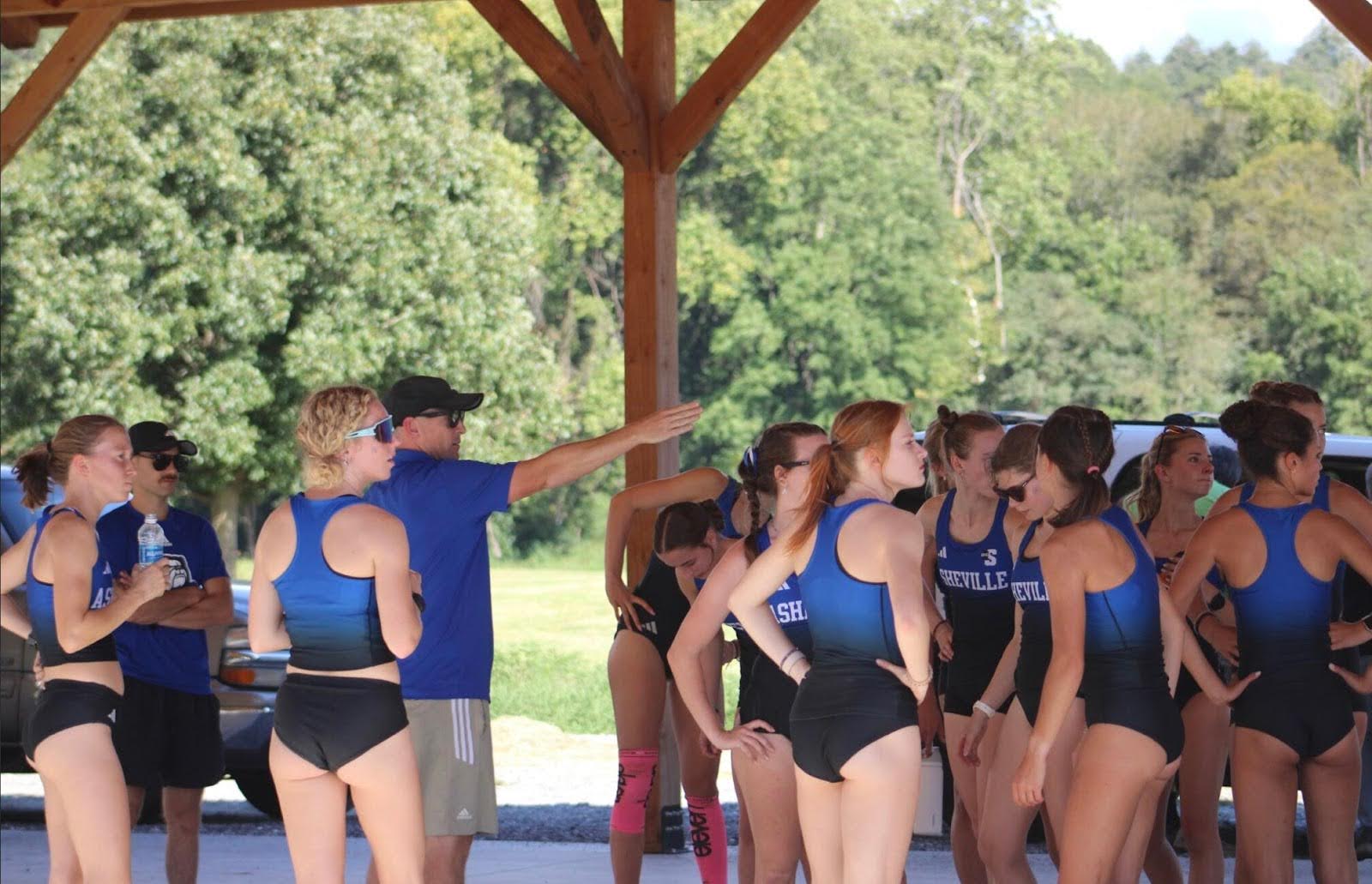
“Cross country is a sport that combines individual and team competition, but teamwork is essential for the overall success of the program,” said Janet R. Cone, senior administrator for university enterprises and director of athletics at UNC Asheville. “Achieving big dreams and goals requires everyone – regardless of their role – to work together.”
It’s 11:18 a.m. on Tuesday before the Duel in the Valley meet and we’re talking racing strategies like getaway drivers, trading flashlights and jumper cables for spare spikes and energy gels. I sit facing Adam Puett, head cross country coach at UNCA, who leans back as he details the precise location (Kituwah Mound, Bryson City), target (Western Carolina University) and event (women’s 3,000 meter race at 5:00 p.m., Aug. 29) we spent months preparing for. Operation Bulldogs: work together as a pack, keep it controlled and then accelerate out the final turn. Sounds simple enough, until you’re 2,500 meters in, tank running low, lungs screeching, with only the distant sirens of teammates cheering dragging you to the finish.
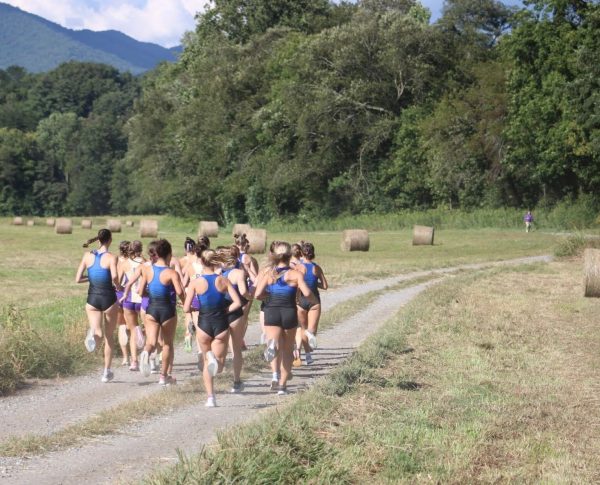
STARTING LINE, HEART RATE 90 – We lean forward, fingers hovering over watches, bracing in unison for the starting claxon. I dart my eyes to the shards of gravel my toes are curling around in anticipation, before settling them on the three jerseys in front, panels of black nylon and a splash of Bulldog Blue glossy with sun, sweat and stamina. I’m surrounded by teammates turned lifelong friends, all with the same goal of pushing each other to the line, to almost flatline, if that’s what it’ll take for Asheville to win as a team.
I mutter “we got this” to whoever needs it, before everything becomes a blur of heels grinding against dirt, elbows striking back, legs churning air, clock ticking, nerves firing, adrenaline…
“It’s always been my philosophy as a coach that if you’re a part of a better team, you are then going to be a better individual runner because of it,” Puett said, as I re-cross my legs and try to pretend that didn’t just cause a sharp shot of lactic acid – left stagnant in my quads from this morning’s mile repeats – to puncture both my calves.
We’re sitting in Puett’s office and what it may lack in natural lighting it sure makes up for in natural talent. Workout plans crowd the whiteboard, while thank you notes and a gleaming 2023 Coach of the Year trophy battle for counter space. I ask Puett how important teamwork is for a cross country program and he uses our biggest meet of the season – the NCAA Southeast Region Cross Country Championships – as an example.
“Later in the season when we go race at NCAAs, there’s 250 women. I may not be able to find one of my teammates, but I know my teammates still care for me,” Puett said.
“I know that when I’m 4,000 meters into a 6,000 meter race and I’m tired, someone else is going to be counting on me, whether I can see them or not.”
MILE ONE, HEART RATE 162 – We cross the first mile marker panting and spitting dust, the Bulldog pack still intact. I know the women to my left and right’s breakfast order to a T and I also know how much pain they’re in now as we start to push the pace in a dissonant, but unanimously determined, jolt. This is for the team, I snap at my legs, as they squirm against the pace change…
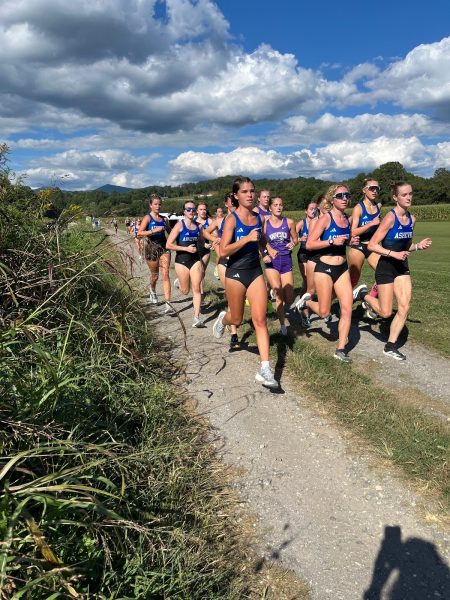
Pack racing is a powerful tool utilized at every level of the sport. According to a 2014 study in the Journal of Sports Sciences, athletes running in a pack slow the least over the course of a race, concluded through analysis of the split times of elite runners from the six previous IAAF World Half Marathon Championships.
MILE TWO, HEART RATE 191 – A breakaway group surges ahead as the finish line sharpens into focus and I pour what’s left of my energy downwards, willing my feet to pound quick enough to not get detached. I see a flash of blue over my right shoulder and feel heavy gasps of hot air stick to my neck. I tap into strength you only find 200 meters from the finish line, knowing I’m being pushed by my teammate as much as she is pushing me. I’m not alone in this. And neither is she…
The time is 5:14 p.m. and the whole team is circled up again, some standing, some wobbling to a sit, others cradling freshly emptied stomachs. Laughter, tears, congratulations and whispered promises of “next race will feel better” fill the circle. To me, these pockets of post-race togetherness as a team make collegiate racing worth all the early morning starts, tough workouts and jealousy of classmates who can walk up stairs without something aching.
As we begin our shuffle of a cool down jog, Aneta Kucerová, my training partner and today’s race winner, pulls up beside me and I can see she is bubbling over with post-race adrenaline and gratitude.
“I loved that we ran the race as a team, it was such a great feeling and it really pushed me to dig deep at the end,” Kucerová said.
I couldn’t agree more. Whoever said running was an individual sport has never been on a team like UNC Asheville’s women’s cross country team.
We run for each other. The strength of the Bulldog is the pack, and the power of the pack makes the Bulldog.
